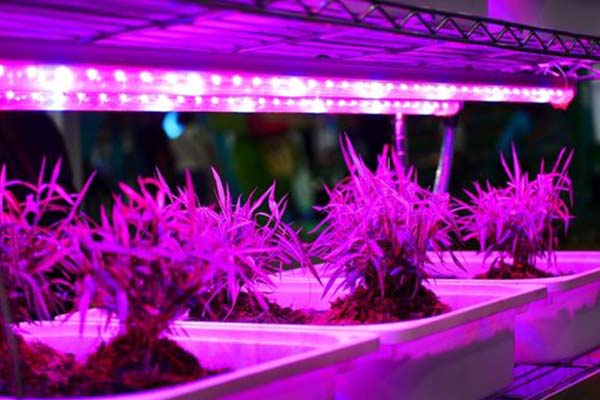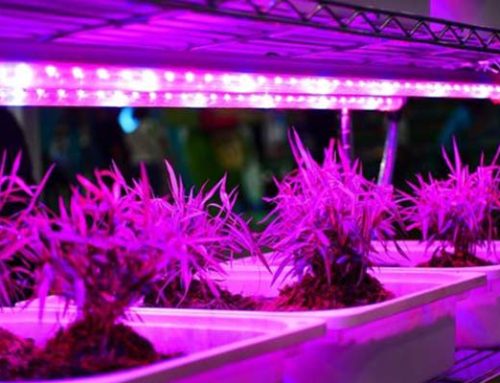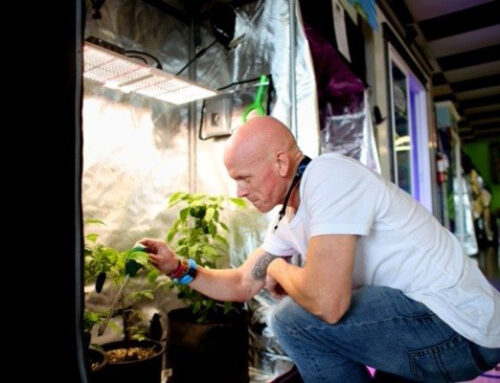When your plants aren’t thriving, it might not be about water or nutrients—it could be about light. Light is essential for photosynthesis, and even small changes in lighting conditions can significantly affect plant health.
Whether growing indoors, outdoors, or using a hydroponic setup, understanding how to read your plant’s cues is vital. If you’re struggling with plant lighting in Chesapeake, VA, knowing how to adjust your setup—especially with hydroponic lighting—can make all the difference.
Pale or Yellowing Leaves? Your Plant Might Need More Light
One of the first signs of insufficient light is fading leaf color. If your plant’s leaves are pale green or turning yellow without other symptoms like overwatering, it’s probably craving more light.
This is especially common in houseplants or hydroponic systems in rooms with poor natural light.
- Slow or leggy growth is another clue. When a plant doesn’t get enough light, it stretches toward the source, leading to tall, spindly stems with fewer leaves.
- Leaf drop can also occur, especially in older foliage.
The solution? Upgrade your hydroponic lighting system to provide stronger and more focused light. Modern grow lights offer adjustable brightness and full-spectrum options to give plants what they need.
Brown Patches or Crispy Edges | Plant Lighting in Chesapeake, VA
Just like too little light can hurt, so can too much. If your plant’s leaves develop dry, crispy edges or sunburn-like brown patches, they might be scorched by intense light or too much exposure.
Plants like ferns and peace lilies are particularly sensitive and do best in filtered or indirect light. You can:
- Adjust your grow light height to reduce intensity.
- Use hydroponic lighting systems with dimmable settings.
- Consider light diffusers to spread out harsh beams.
Hydroponic lights make it easier to fine-tune the amount and quality of light your plants receive without relying on inconsistent sunlight.
Flowering and Fruiting? Check Light Quality and Duration
Sometimes, the issue isn’t just too much or too little light—it’s the quality and timing of the light. If your flowering plants aren’t producing buds or fruits, it might be due to poor light quality or inconsistent exposure.
- Many fruiting plants need at least 6–8 hours of strong light daily.
- Hydroponic lighting systems can offer full-spectrum light tailored to flowering phases.
- Timer systems can help regulate the cycle, ensuring consistent exposure.
Investing in quality hydroponic lighting solutions is key if you’re relying on plant lighting in Chesapeake, VA, especially for fruiting or flowering varieties.
Also Read: Key Components of Hydroponic Lighting
Know Your Plant’s Natural Habitat | Plant Lighting in Chesapeake, VA
Not all plants have the exact lighting needs. Tropical plants, succulents, and herbs each have different requirements based on their native environments. Hydroponic lighting allows you to recreate these environments with greater control than natural sunlight allows.
Researching your plant’s origins can help you replicate those conditions more accurately. Understanding these signs can also help you take action before things go wrong.
Minor tweaks can make a big difference, whether upgrading your hydroponic lighting, adjusting placement, or rotating your plants more often.
Regarding plant lighting in Chesapeake, VA, paying attention to these signals ensures healthier, happier plants—and more rewarding results for your indoor garden or hydroponic system.
Grow Depot helps you give your plants the right amount of light with high-quality hydroponic lighting systems.
Contact us today.






